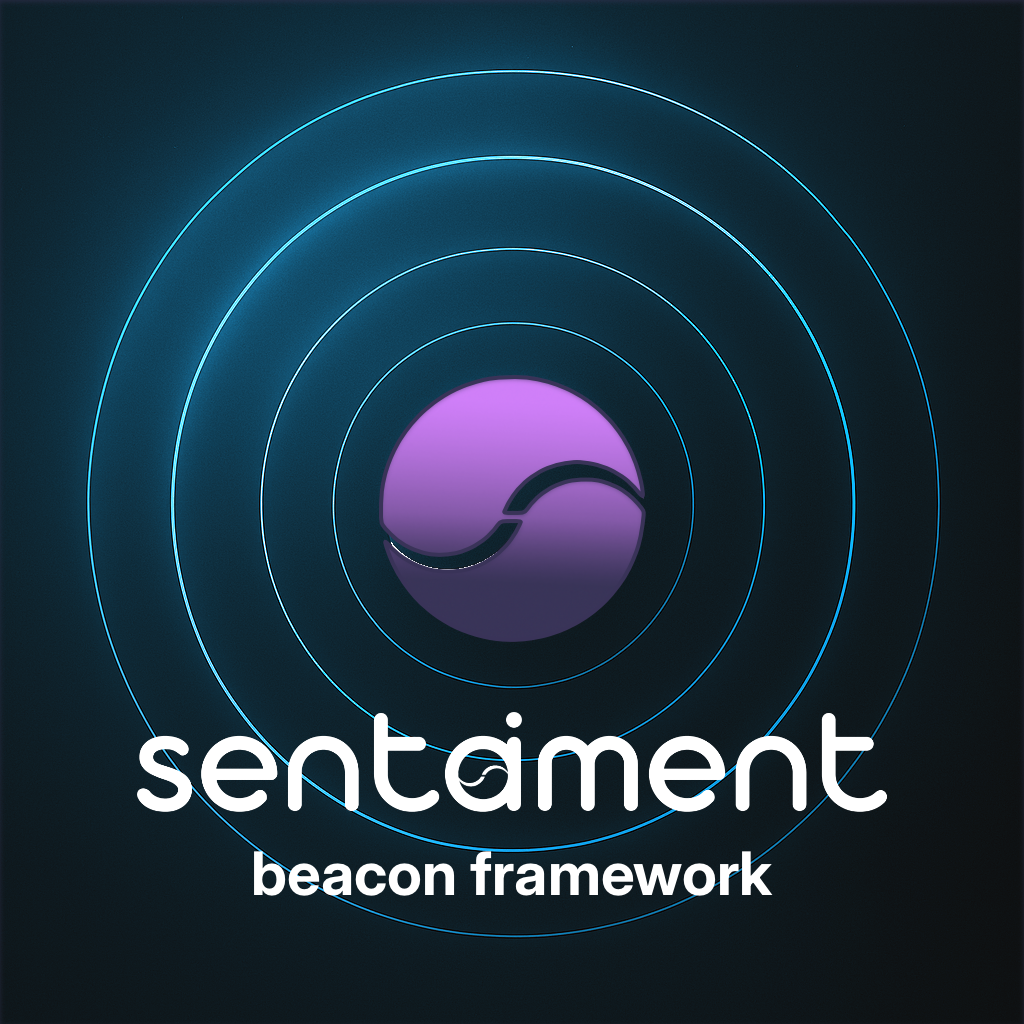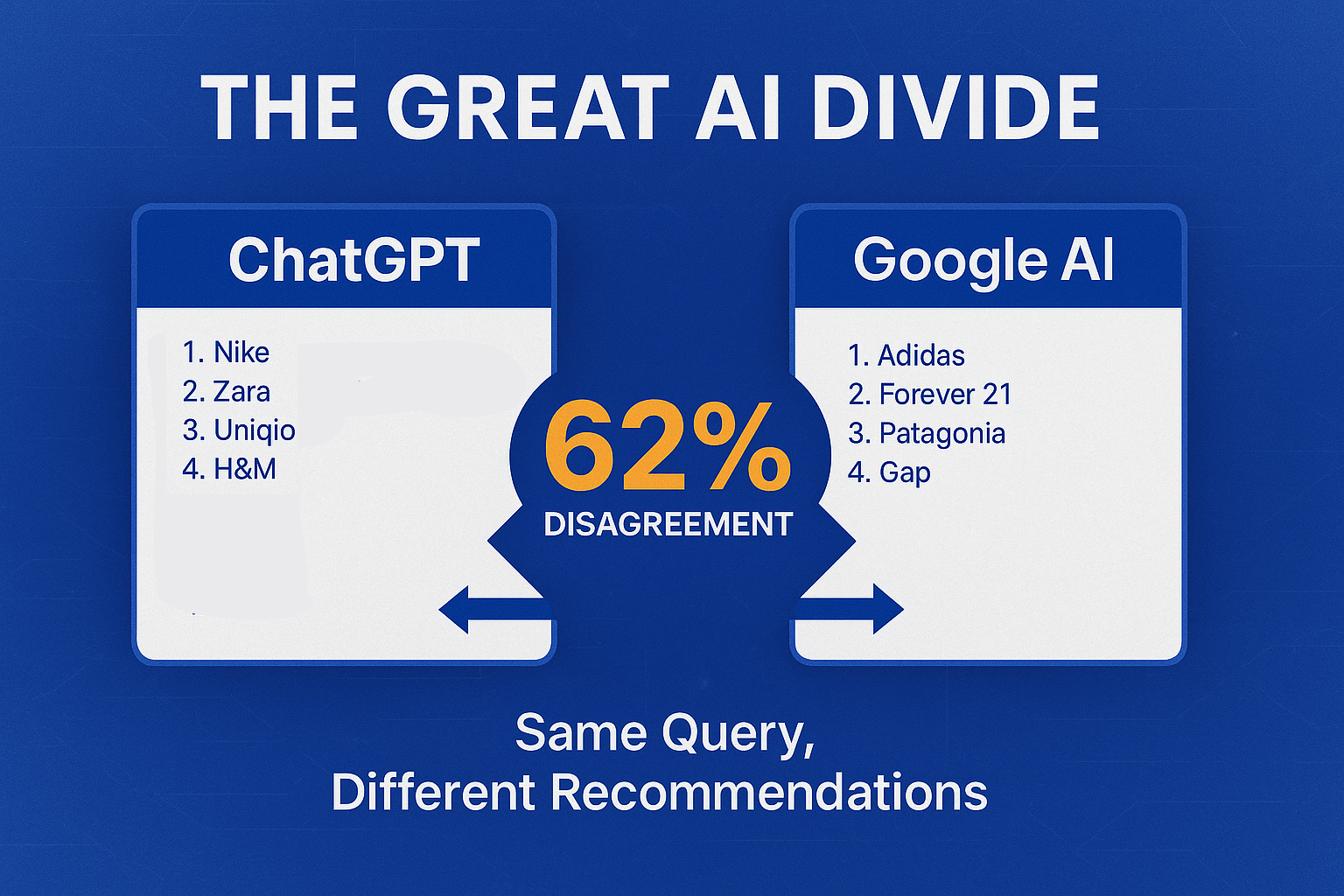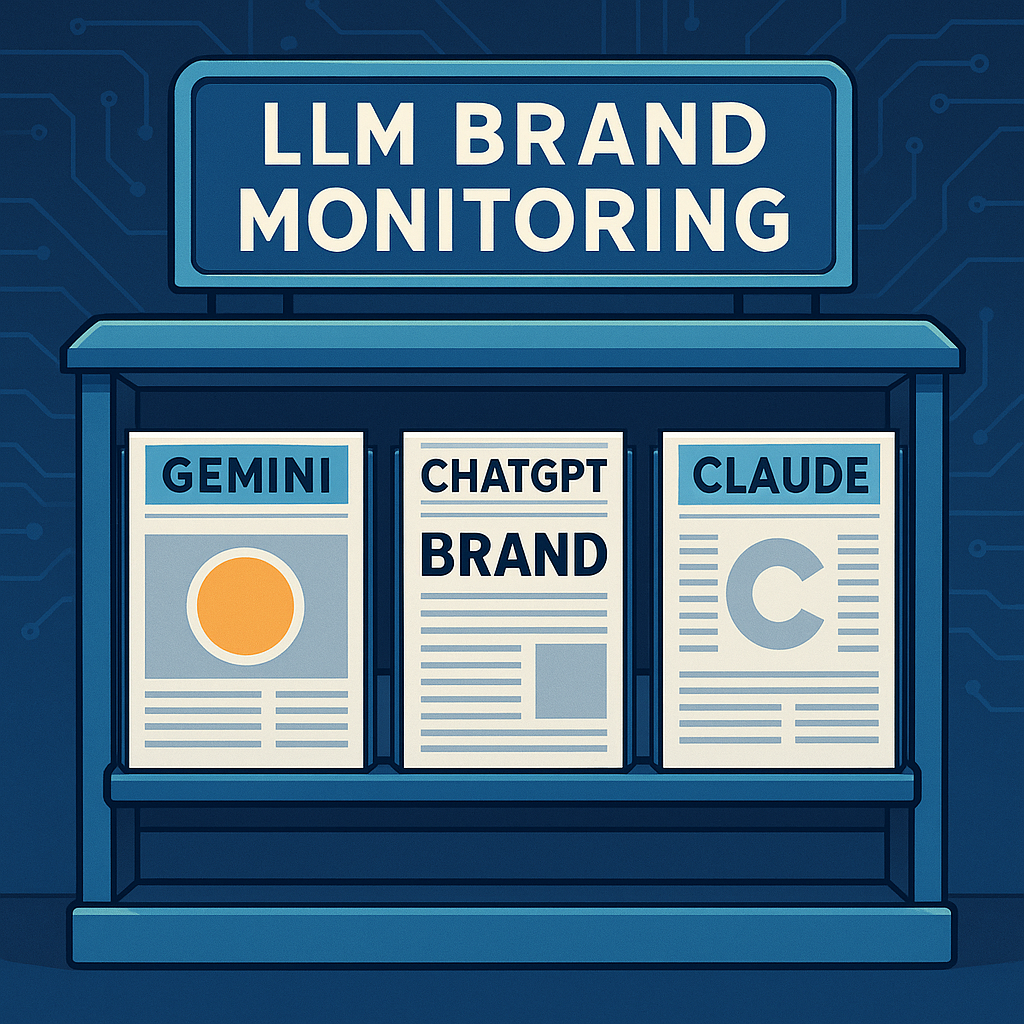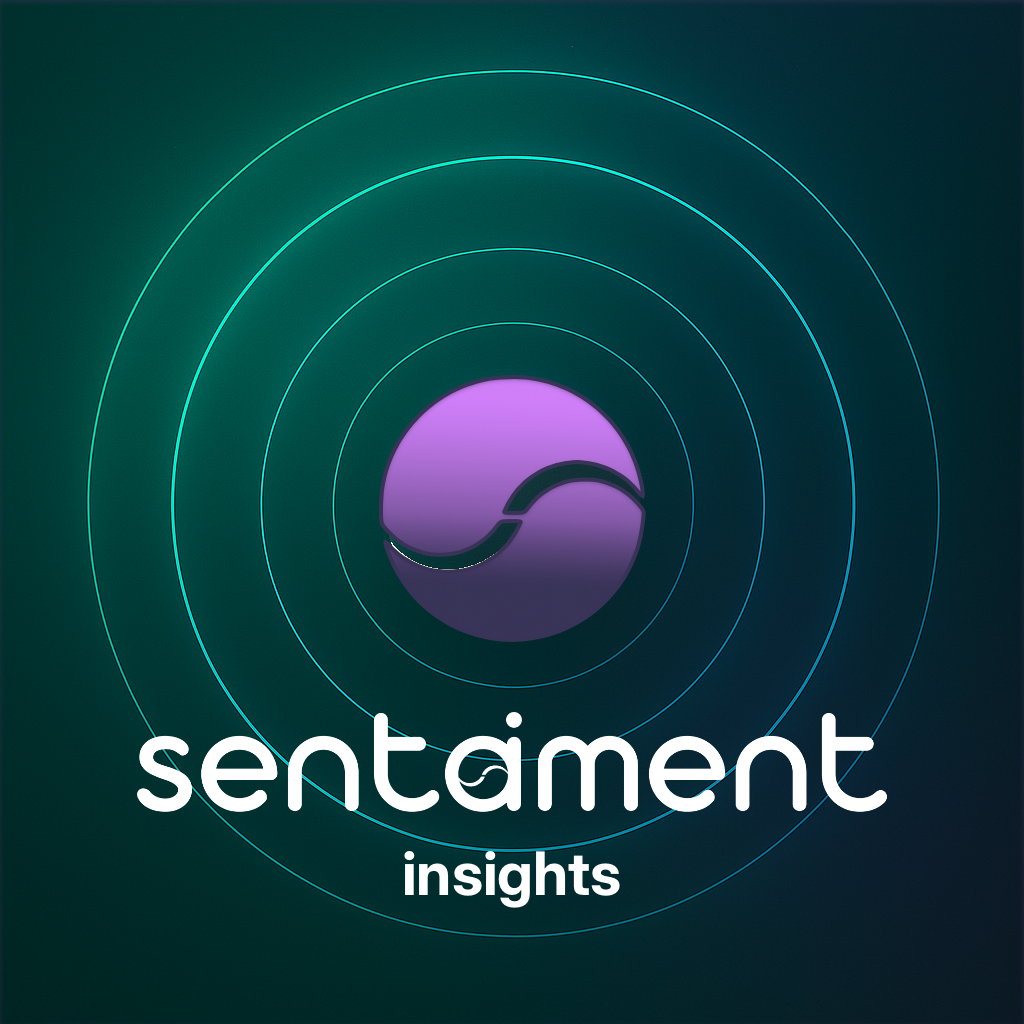Introduction
Correction addresses existing misalignments, but optimization looks forward—ensuring future content and communications are designed to accurately influence AI representations of your brand. This fifth installment of our BEACON methodology introduces predictive tools and methodologies to optimize your brand's AI presence proactively. As Harvard Business Review notes, of all a company's functions, marketing has perhaps the most to gain from artificial intelligence, with AI's capabilities to understand customer needs, match them to products, and persuade people to buy HBR, 2021.
The Shift to AI-First Content Strategy
Traditional content creation follows a human-first approach, optimizing for direct audience consumption. An AI-first strategy recognizes that content now serves dual audiences:
- Human readers who directly engage with your content
- AI systems that interpret and repackage your content
This dual-audience reality requires a fundamental shift in content development. With ChatGPT's traffic surpassing Bing between October 2023 and January 2024, and market projections suggesting LLMs will capture 15% of the search market by 2028 Analyzify, 2025, brands must adapt their content strategies for this new reality.
"We've entered an era where every piece of brand communication serves as both a direct message to humans and training data for the next generation of AI systems. This requires a completely different approach to content strategy." — Marketing AI Institute
This shift toward AI-first content strategies is accelerating as Large Language Model Optimization (LLMO) emerges as a distinct discipline. Harvard Business Review goes so far as to say that SEOs will soon be known as LLMOs Ahrefs, 2024, highlighting the growing importance of optimizing content for AI consumption.
Content Impact Prediction: The New Testing Paradigm
Just as A/B testing revolutionized web optimization, Content Impact Prediction (CIP) is transforming how brands develop messaging. This approach integrates with advanced AI social listening tools that continuously monitor brand mentions across social platforms and AI systems Sprout Social, 2025.
-
Pre-publication AI response testing
- Test how draft content might influence AI responses
- Identify potential misinterpretations before publishing
- Adjust messaging to strengthen desired narratives
- Use specialized AI brand monitoring tools to track improvements
-
Competitive message simulation
- Model how competitor messaging might influence category representation
- Identify potential positioning vulnerabilities
- Develop preemptive content strategies
- Leverage competitive benchmarking capabilities of modern social listening platforms
-
Narrative strength assessment
- Evaluate which brand narratives are most likely to persist in AI systems
- Test narrative durability against competing information
- Strengthen vulnerable but strategic narratives
- Apply the distinctiveness-centrality spectrum framework to ensure optimal positioning HBR, 2015
Research shows that content featuring expert commentary and professional insights is heavily favored by LLMs Analyzify, 2025, making the inclusion of credible voices a key optimization strategy. Additionally, the global LLM market is projected to reach USD 6.5 billion by the end of 2024 QuickCreator, 2025, highlighting the scale of opportunity for brands that optimize effectively.
Implementing AI-Optimized Communication
Practical implementation of AI optimization includes:
-
Strategic content architecture
- Building comprehensive "source of truth" content hubs
- Implementing consistent cross-linking strategies
- Developing clear information hierarchies
-
Clarity and precision enhancement
- Eliminating ambiguity in key positioning statements
- Using consistent terminology and brand language
- Structuring content for maximum interpretability
-
Information completeness protocols
- Ensuring all critical brand information is available and accessible
- Addressing potential misconceptions proactively
- Developing comprehensive FAQ and knowledge base content
Technical Optimization Approaches
Beyond content strategy, technical optimization includes specialized approaches that leverage the latest understanding of how LLMs process and interpret information. Leading companies are integrating these optimization techniques with wider digital transformation initiatives, as 80% of business leaders believe digital trends are "very likely" to disrupt their industry G2, 2023.
-
Natural Language Processing (NLP) optimization
- Using clear patterns that align with how AI systems process language
- Implementing semantic HTML to highlight important concepts
- Structuring content with clear entity relationships
- Optimizing for LLMs' token-based processing methods
-
Knowledge graph development
- Creating explicit connections between brand entities
- Defining clear attribute-value pairs for products and services
- Building contextual relationships between brand concepts
- Implementing comprehensive brand monitoring data structures
-
Specification and schema implementation
- Implementing industry-specific schema markup
- Developing proprietary structured data where standards don't exist
- Creating machine-readable brand guidelines
- Utilizing tools from the emerging LLMO (Large Language Model Optimization) ecosystem
Case Study: Proactive Optimization
A financial services company used our Content Impact Predictor before launching a new sustainable investing product. Initial testing revealed that their draft messaging was likely to be interpreted by AI systems as "greenwashing" rather than highlighting their legitimate ESG credentials.
By optimizing their content pre-launch—providing more specific impact metrics, clarifying methodology, and strengthening their evidence base—they significantly improved how AI systems represented their new product. This approach aligned with McKinsey's findings that AI has the potential to provide the greatest value in marketing among all business functions HBR, 2021.
The company implemented a comprehensive brand perception monitoring program using advanced social listening tools that track AI-generated content alongside traditional media mentions. These tools used machine learning to detect patterns and trends in large datasets, enabling anomaly detection and proactive response Sprout Social, 2025. Post-launch testing confirmed that 92% of AI responses accurately conveyed their sustainability approach, avoiding the anticipated greenwashing concerns.
Continuous Optimization
Unlike traditional SEO, AI optimization isn't a one-time effort:
-
Ongoing testing cycles
- Regular assessment of AI representation
- Testing of new content before publication
- Competitive monitoring and response
-
Content refresh strategy
- Systematic updating of key brand content
- Strategic republishing of evergreen content
- Progressive enhancement of existing assets
-
Response adaptation
- Monitoring real-world AI responses to your brand
- Identifying emergent misrepresentations
- Rapid correction of new misalignments
Preparing for Navigation
With optimization systems in place, you're ready for the final phase of the BEACON methodology: Navigation. In our concluding article, we'll explore how to transform AI brand intelligence into strategic business decisions across your organization.













